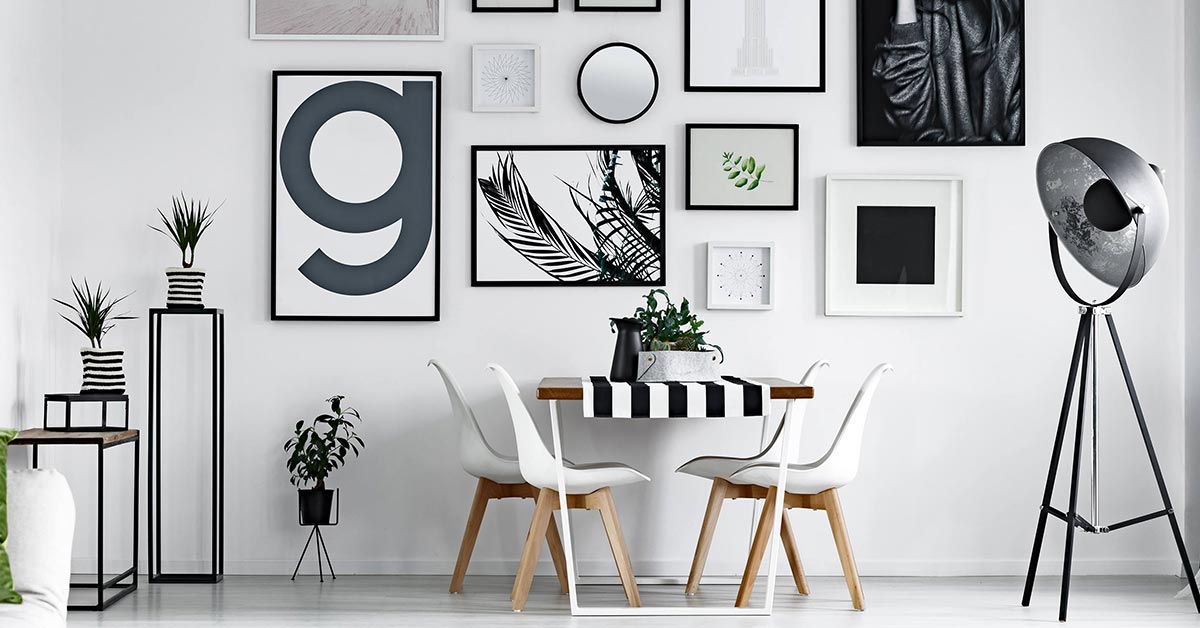Air conditioners come in many shapes and sizes, all with their unique pros and cons.
If you are looking to buy an air conditioner, but don’t know where to start, this post will get you up to speed.
The most common air conditioning systems include ducted air conditioners, wall hung split or multi-head split systems, window air conditioners, and portable air conditioners.
There is a wide variation in the quality and features of each air conditioner, even within its own class. Therefore, it’s important to look carefully into each individual model.
Ducted Air Conditioners
Ducted air conditioners are common in the workplace, shopping centres, and larger areas, but also common for home-usage. They involve a central location where the air is treated, then sent by fans through a system of ducts and into each room.
Ducted air conditioning can be the most efficient in many situations. Although it will require significant adjustments to your own home and has a high upfront cost.
Ducted air systems are excellent for controlling the temperature of an entire space, and they can often come out cheaper to install and run than multiple mini-split systems and window units.
While they require a large compressor on the outside, they’re almost invisible on the inside, apart from the vents and controls.
Wall Hung Split or Multi-Head Split Systems
These split systems consist of two units – one inside your home and one on the outside. They are quite common in modern homes. They can be used to cool or heat single areas, or multi-zone systems can be installed. These have one compressor outside, with numerous indoor units conditioning the air in different parts of your home.
The indoor units have a tendency to be mounted high on your walls, so it’s essential to take them into account when planning out your space. Wall split and multi-head split systems tend to be smaller than ducted systems and are connected through piping rather than large ducts. Despite this, the indoor units are still more visible than the vents of ductless systems.
Wall hung split and multi-head split systems have a relatively high upfront cost compared to window air conditioners and portable air conditioners, however, the costs aren’t as high as ducted air conditioning. Despite the initial expense, they tend to be more efficient than window or portable units, which makes them cheaper in the long run. A wall-hung split or multi-head split system will require slight modifications to your home, which include holes for the piping.
Window Air Conditioners
Window air conditioners were once a common choice for controlling the temperature in a small room. They contain the compressor, condenser, coils, and the evaporator all in one single unit. These air conditioners are designed to fit into the window of a room, so they don’t usually need any home modifications for installation. Most wall units are very similar, except they need a hole made in the room’s wall in order for them to fit.
Window air conditioners have a low upfront cost. If you’re wanting to cool down more than one room, it would be better to consider a split or ducted system as they tend to be more efficient. One big advantage of window air conditioners is that they can be taken with you when you move houses. This makes them suitable for renters, or those who are considering moving in the near future.
Window air conditioners work in cycles that involve them turning on to either make a room cooler or warmer, then switching off once that desired temperature is reached. They turn back on once the room starts to heat up or cool down again. Window air conditioners tend to not be very energy efficient.
Portable Air Conditioners
Portable air conditioners are fairly easy to move, but not as much as their name may imply. Think easier to move houses with, rather than easy to lug around your home for your daily cooling needs. When compared to other units, they are definitely more portable, however, they require a window kit for it to be installed.
These systems work by drawing in warmer air, cooling it, then returning it to the room the air conditioner is in. The two main types are single and double hose models.
Those with single ducts draw warm air from inside the room, cool it, and return it to the room while venting the hot air outside. This causes a negative pressure within the room, bringing in more warm air from the rest of the house and from outside. Because of this, single-hose models are very inefficient.
Some portable air conditioners have a second hose which they use to draw air from outside. This reduces the negative air pressure issues that come with single duct models. Despite this, double hose models still tend to be less efficient than other kinds of air conditioners.
Portable air conditioners have relatively low up-front costs. In the long run they are likely to cost you more in electricity than other options. We recommended that you look into other models unless you move frequently, only have a very small space to cool, or don’t plan on using it often.




